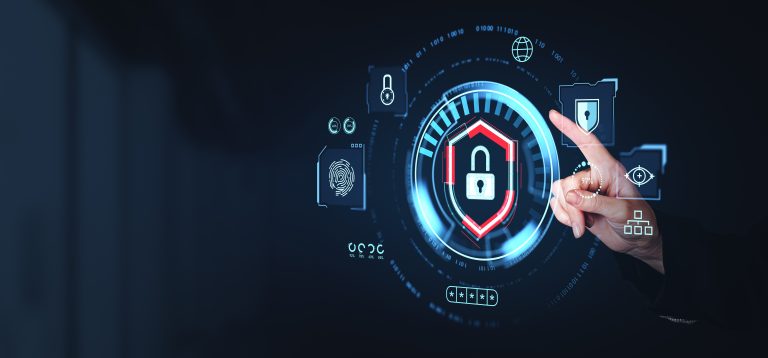The advent of remote work has opened up a whole range of opportunities in the world of business. But it’s also thrown up a range of challenges, too. Some of the biggest risks relate to cybersecurity. When workers are being sent valuable data, and trusted to work unsupervised, how can we trust that the data will be protected?
The best protection here is a well-thought-out cybersecurity policy – or a collection of policies. But exactly how do those policies work, and how should we go about composing one?
Assessing Remote Work Risks
Every workplace is different. That goes for remote workplace, too. Thus, your cybersecurity policy should be devised only after you’ve identified the risks faced in your workplace, and their severity.
Cybersecurity vulnerabilities might take many forms. Unsecured home networks, personal devices, and phishing attacks might all provide a way for attackers to get into your network.
Establishing Data Protection and Compliance Measures
Staying on the right side of the law when it comes to data protection is essential. In the UK, this means abiding by the Data Protection Act 2018 – which is an implementation of the EU’s famous GDPR. In the act, you’ll find clear guidance on how to handle, share and store data. If you proactively consult with a lawyer specialising in data protection, you’ll stand a better chance of avoiding problems.
Implementing Secure Access Protocols
Your remote workers may need to remotely access company resources. You therefore need a way of dealing with them that excludes malicious parties like hackers. This is where a Virtual Private Network comes in. This is a way of encrypting traffic between your servers and the workstation being used by a remote worker.
Other measures have more to do with procedure and worker behaviour than any technology. Using strong passwords, and having a system for regularly changing them, is a must. You might also consider multi-factor authentication to provide even more resilience.
Providing Employee Training and Awareness
The most potent tools you have available when it comes to cybersecurity are your employees. But, if these people are not provided with the right technical education, they could constitute a vulnerability. Provide training on cybersecurity best practices, with a particular focus on phishing. Make sure that you have a healthy culture around the use of personal devices, and that everyone in your company holds themselves, and their colleagues, to high standards.


